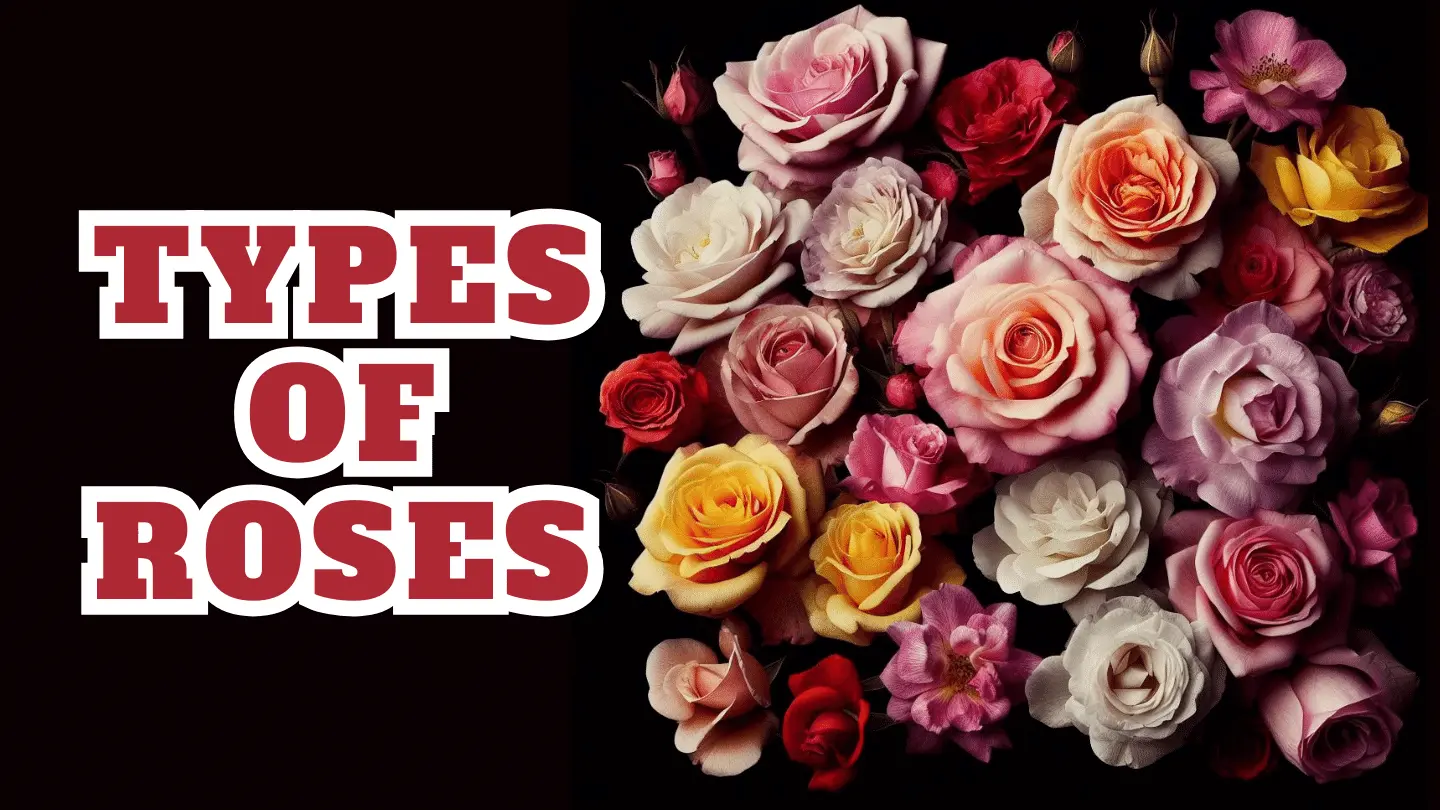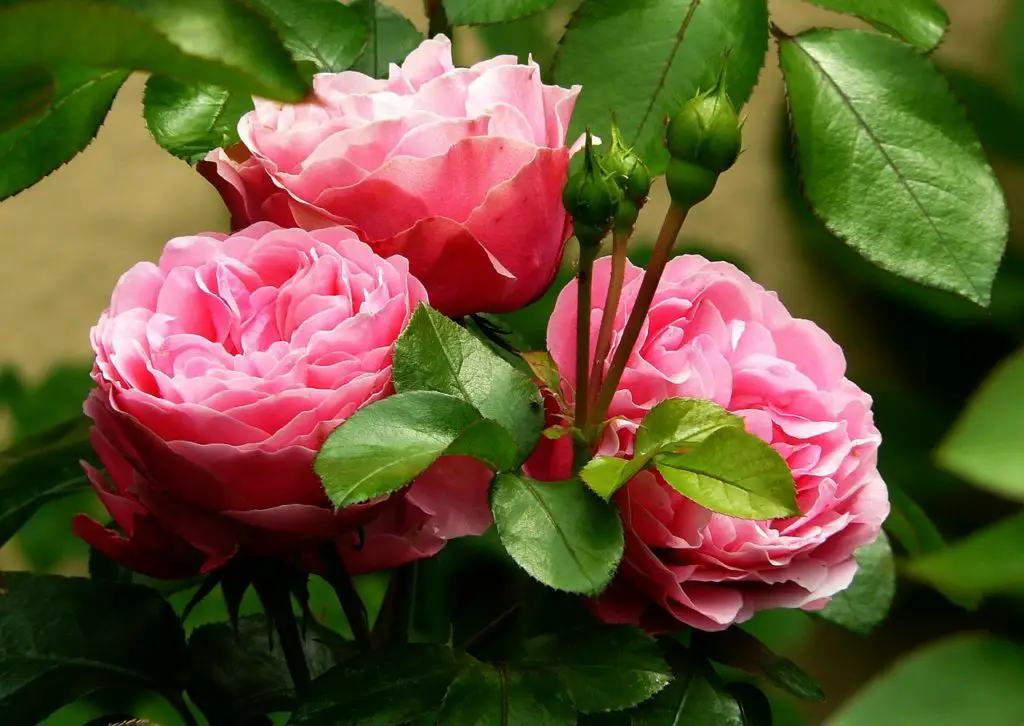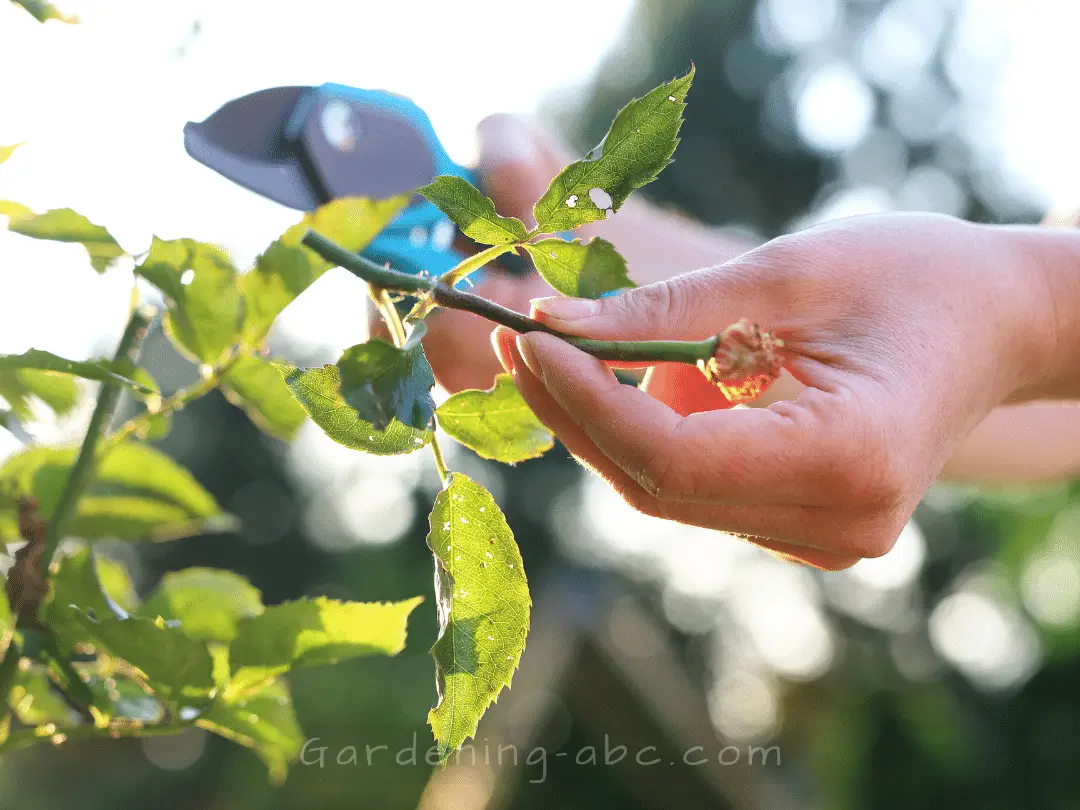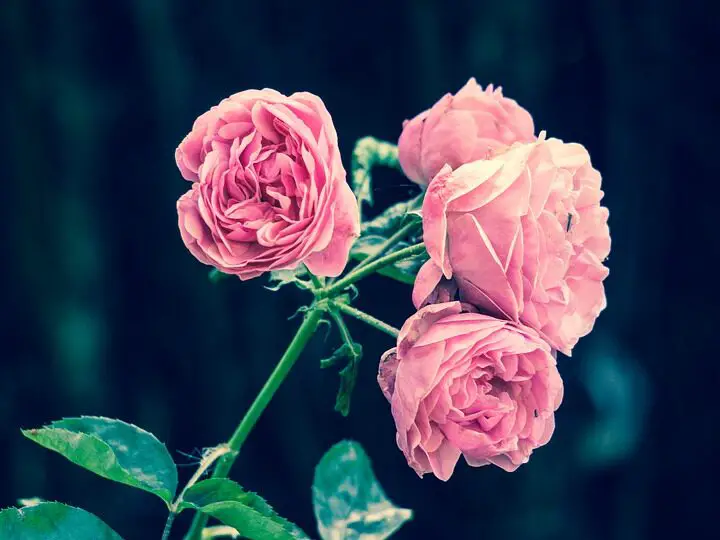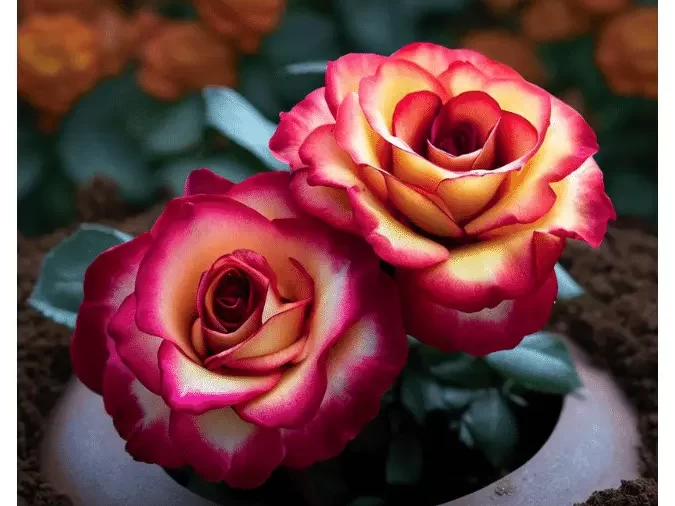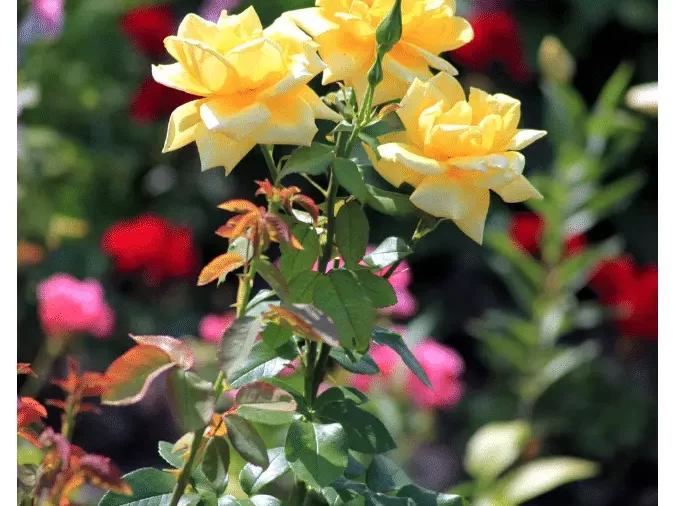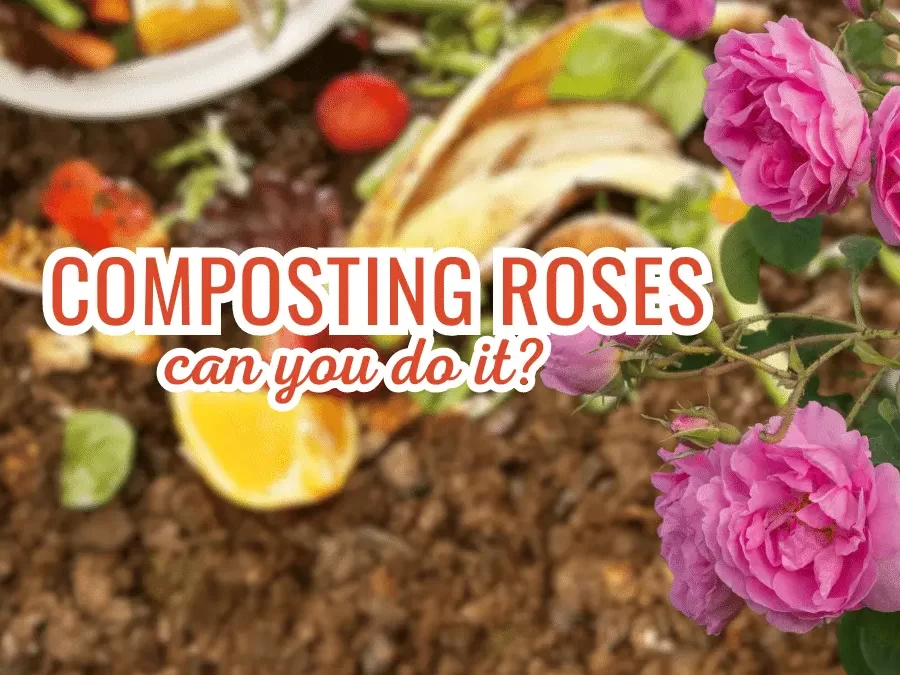We use affiliate links to run our site. When you buy through links on our site, we may earn an affiliate commission, without any added cost to you. Learn more
Whether you’re an experienced rose gardener or just getting started, knowing the different types of roses available is essential in creating a beautiful and diverse garden. From classic beauties to unique and rare varieties, this guide will provide you with valuable insights into the world of rose species.
In this first section, we will explore the different types of roses available, including hybrid tea roses, climbing roses, floribunda roses, grandiflora roses, miniature roses, old garden roses, shrub roses, wild roses, and unique rose species.
You’ll learn about their characteristics, care requirements, and the best ways to incorporate these lovely blooms into your garden.
Key Takeaways:
- The Different Types of Roses include hybrid tea, climbing, floribunda, grandiflora, miniature, old garden, shrub, wild, and unique species.
- Each type has its unique characteristics and care requirements.
- Knowing the different types of roses can help you create a diverse and beautiful garden.
- Stay tuned to learn more about each rose in the following sections of this comprehensive guide.
Hybrid Tea Roses
Hybrid tea roses are a result of extensive rose breeding efforts from the late 19th century, combining the desirable traits of tea roses with hybrid perpetual roses.
These roses are known for their elegant blooms and long stems, making them a favorite among flower enthusiasts.
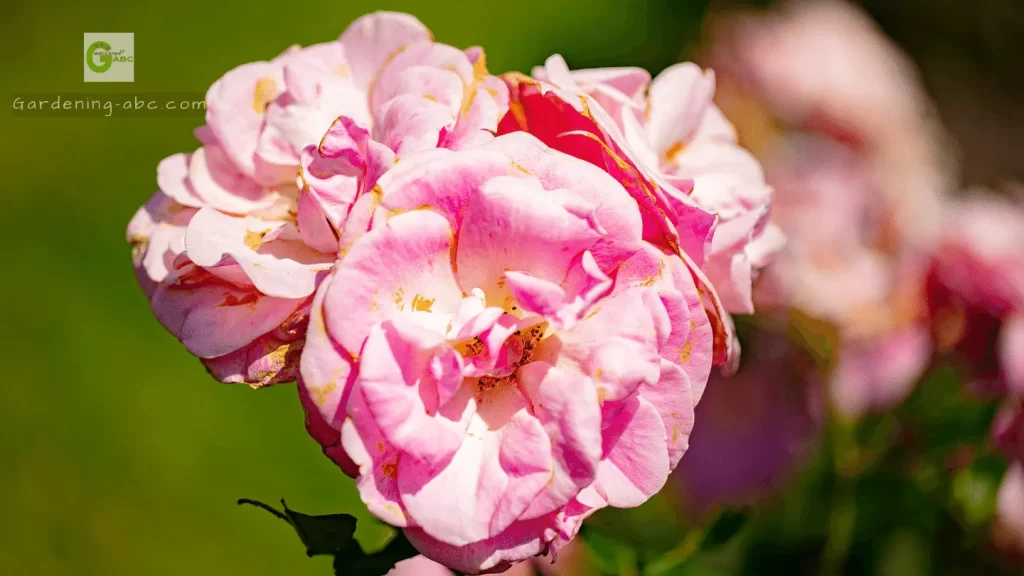
History of Hybrid Tea Roses
In 1867, French rose breeder Jean-Baptiste Guillot introduced the first hybrid tea rose, ‘La France.’ The rose quickly gained popularity for its unique elongated shape and delightful fragrance.
Since then, hybrid tea roses have been further developed and bred to showcase a wide range of colors and petal formations.
Characteristics of Hybrid Tea Roses
Hybrid tea roses typically have large, single blooms with a high center and pointed edges. The blooms are often fragrant and come in a variety of colors, including pink, red, yellow, and white. These roses grow on long, sturdy stems, making them perfect for cutting and displaying in arrangements.
Care Tips for Hybrid Tea Roses
Providing adequate care is essential to keep your hybrid tea roses healthy and thriving. Here are some essential tips:
- Plant your roses in an area with plenty of sunlight
- Ensure that the soil is well-draining and sufficiently moist
- Fertilize your roses regularly to provide them with the necessary nutrients
- Prune your roses, removing any dead or diseased branches, to encourage healthy growth
- Protect your roses from pests and diseases by regularly inspecting them and applying pesticides or fungicides as necessary
Climbing Roses
Vertical gardening has become increasingly popular, and climbing roses are the perfect choice for creating a stunning display on walls, fences, or trellises. These versatile roses can be trained to grow vertically, adding height and drama to any garden space.

The Different Types of Climbing Roses
There are several types of climbing roses, each with unique characteristics and blooming habits. Some popular varieties include:
| Rose Type | Blooming Habits | Best Uses |
|---|---|---|
| Rambler Roses | Spring blooming, once-blooming | Great for covering large areas like walls or pergolas |
| English Roses | Continuous blooming, repeat flowering | Perfect for adding fragrance and charm to a garden |
| Climbing Hybrid Tea Roses | Continuous blooming, repeat flowering | Ideal for long stems and elegant blooms for bouquets |
| Climbing Floribunda Roses | Continuous blooming, repeat flowering | Great for smaller spaces and container gardening |
Consider the best type of climbing rose for your space and needs when choosing to incorporate climbing roses in your outdoor space.
How to Care for Climbing Roses
Climbing roses are generally low maintenance, but proper care can ensure healthy growth and abundant blooms. Here are some tips to keep in mind:
- Choose a sunny location with well-drained soil.
- Provide support for the rose to climb.
- Water regularly, especially during the hot summer months.
- Prune in late winter or early spring to promote new growth.
- Fertilize in early spring and again after the first bloom cycle.
Floribunda Roses
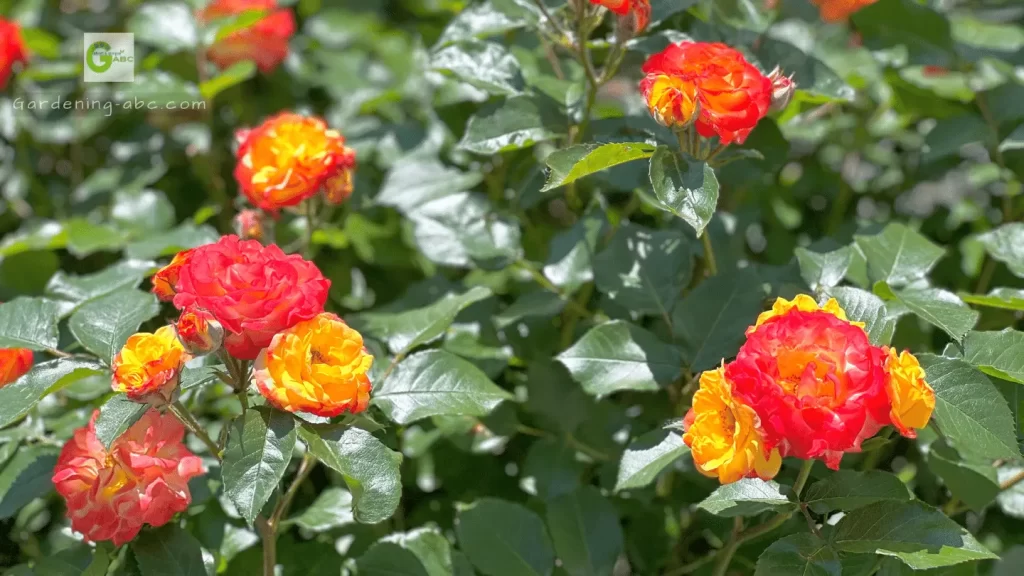
If you’re looking for roses that bloom consistently throughout the season with minimal maintenance, look no further than floribunda roses.
These hybrids are a beautiful combination of polyantha roses and hybrid teas, offering the best of both worlds.
They produce an abundance of flowers in large clusters, adding a pop of color and fragrance to any garden.
The Characteristics of Floribunda Roses
Floribunda roses are prized for their continuous blooming display, bright colors, and hardy nature. They come in a range of colors, from deep reds to soft pinks, yellows, and whites. They also have a pleasant scent that adds to their overall appeal.
These roses can grow up to 2-6 feet tall with a spread of 2-4 feet, making them ideal for both garden beds and container gardening.
They’re relatively low maintenance, requiring only regular watering and deadheading to promote continued blooming. However, they do require some protection during colder months to ensure they survive the winter.
The Care of Floribunda Roses
Proper care for floribunda roses will ensure they produce vigorous growth and abundant blooms. Here are some essential tips:
- Choose a planting location that receives at least six hours of sunlight a day.
- Ensure proper drainage to prevent waterlogging, which can lead to root rot.
- Use fertile and well-draining soil with a pH of 6.0-6.5.
- Water regularly, especially during dry spells. Mulch can help retain soil moisture and regulate soil temperature.
- Deadhead regularly to promote continued blooming. Prune in the early spring to remove dead or damaged wood.
- Protect from pests and diseases, such as aphids, blackspots, and powdery mildew, using organic or chemical remedies as appropriate.
Floribunda Roses vs Hybrid Tea Roses vs Grandiflora Roses
| Floribunda Roses | Hybrid Tea Roses | Grandiflora Roses |
|---|---|---|
| Continuous blooming throughout the season | Blooms in flushes throughout the season | Blooms in clusters, larger flowers than floribundas |
| Low maintenance and disease-resistant | Require more maintenance and are susceptible to disease | Require more maintenance and are susceptible to disease |
| Abundant flowers in large clusters | Single flowers on long stems | Large clusters of large flowers |
Compared to hybrid tea and grandiflora roses, floribunda roses are low maintenance and disease-resistant, making them an excellent choice for beginner and experienced gardeners alike.
They offer continuous blooming throughout the season and produce an abundance of colorful flowers in large clusters. They also have a pleasant fragrance that adds to their overall appeal.
Grandiflora Roses
Grandiflora roses are a hybrid of the hybrid tea and floribunda roses, resulting in larger blooms carried in clusters. These showy roses are a beautiful addition to any garden, combining the elegance of the hybrid tea with the abundance of the floribunda. They are ideal for creating colorful hedges or a stunning focal point in a landscape design.
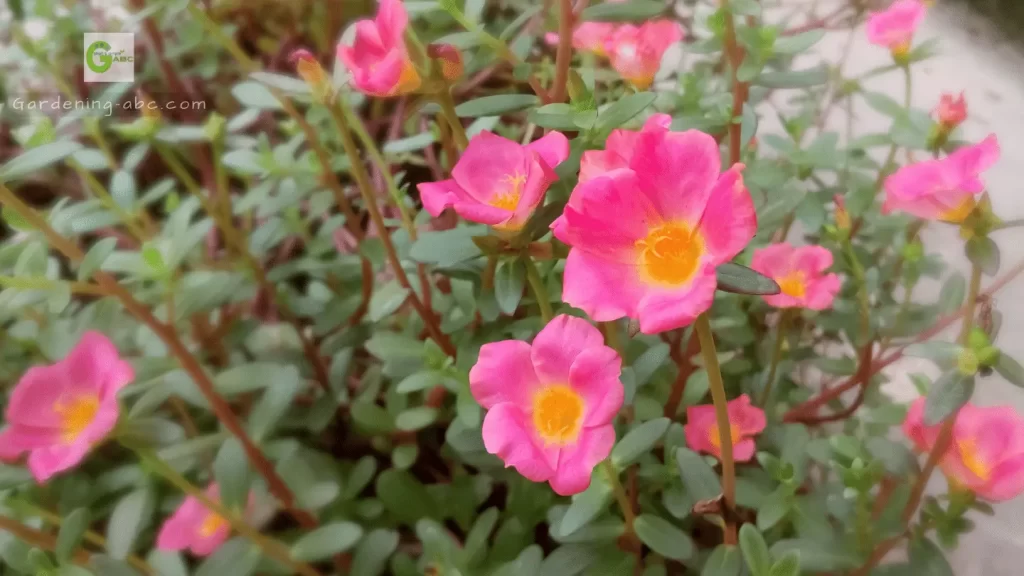
| Characteristics | Care Tips |
|---|---|
| Showy blooms: Grandiflora roses produce large, elegant blooms that are carried in clusters, creating a stunning visual display. | Pruning: Prune grandiflora roses in late winter or early spring, removing any dead or damaged wood and shaping the plant as desired. |
| Repeat bloom: These roses bloom repeatedly throughout the growing season, providing a spectacular show of color and fragrance. | Fertilization: Fertilize grandiflora roses in early spring and midsummer using a balanced fertilizer to promote healthy growth and abundant blooms. |
| Growth habit: Grandiflora roses are tall, upright plants that can reach heights of up to six feet, making them ideal for creating a dramatic focal point in a garden. | Watering: Water grandiflora roses deeply once a week, ensuring the soil is moist but not soggy. Avoid getting water on the leaves as this can lead to disease. |
With their stunning appearance and versatility, grandiflora roses are a popular choice among gardeners. Whether used as a focal point in a landscape design or planted as a colorful hedge, these roses are sure to delight and enhance any outdoor space.
Miniature Roses
Miniature roses may be small, but they are a delightful addition to any garden. These charming roses are perfect for those with limited space, as they can be grown in containers or small gardens. With proper care, miniature roses can bloom all season long, filling your outdoor area with color and fragrance.

The Appeal of Miniature Roses
Miniature roses, also known as small roses, are a favorite among gardeners for their dainty size and abundant blooms. These roses come in a variety of colors, including classic red, pink, and white, as well as bolder hues like yellow and purple.
Miniature roses are perfect for container gardening, as they can thrive in small spaces like balconies, patios, and windowsills.
Caring for Miniature Roses
Miniature roses require similar care to their larger counterparts. They need at least six hours of sunlight per day and well-draining soil.
Water them regularly but avoid getting water on their leaves to prevent diseases.
Use a balanced fertilizer every four to six weeks to promote healthy growth and blooms.
Pruning miniature roses is essential to maintaining their small size and shape. Use clean and sharp pruners to remove dead wood and keep the plant size in check.
If you want to create a hedge or border with miniature roses, plant them about 12 inches apart to give them enough room to grow.
Displaying Miniature Roses
Miniature roses are a versatile addition to any garden. They can be grown in containers, hanging baskets, or small gardens.
Group them with other small plants for an eye-catching display or use them as borders around larger plants.
Miniature roses also make great gifts, as they are easy to transport and can last for weeks with proper care.
Old Garden Roses
Old garden roses, also known as heirloom roses or historical roses, are a group of roses that have been around for centuries and have a unique charm that is hard to resist.
These roses are highly valued by gardeners for their exquisite beauty and rich fragrance, as well as their connection to the past.
The Different Classes of Old Garden Roses
There are a variety of classes within the old garden rose group, each with its own unique characteristics and care requirements. Here are a few:
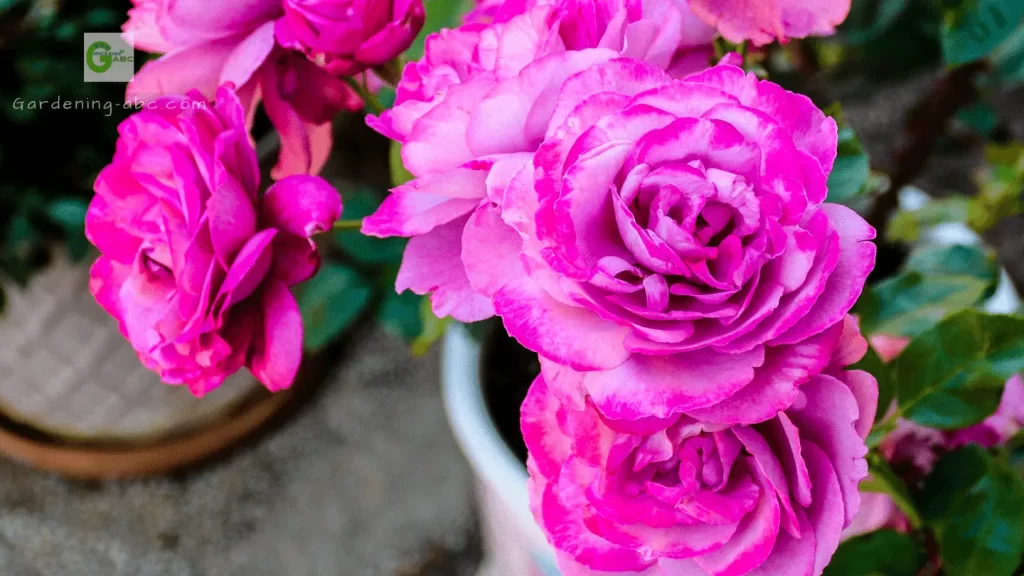
| Class of Old Garden Rose | Description |
|---|---|
| Alba Roses | Also known as white roses, Alba roses are some of the oldest and hardiest roses. They have delicate blooms with a sweet fragrance and are ideal for cottage gardens. |
| Centifolia Roses | Known as the “cabbage rose,” Centifolia roses have a distinctive globular shape and fragrance. They are ideal for cutting and are often used in perfumes and potpourris. |
| Damask Roses | Damask roses are known for their rich fragrance and are often used in the production of rose oil and rose water. They are ideal for growing in warmer climates. |
| Gallia Roses | Also known as French roses, Gallia roses have a delicate fragrance and are ideal for growing in smaller spaces or containers. |
| Moss Roses | Moss roses have a unique feature, a moss-like growth on their stems and buds that give them a distinctive look. They are ideal for growing in cooler climates. |
Caring for Old Garden Roses
Old garden roses require a bit more care than modern roses, but their beauty and fragrance are well worth the extra effort. Here are a few tips:
- Choose a planting location that receives at least six hours of direct sunlight each day.
- Old garden roses prefer well-draining soil with a neutral pH level.
- Prune old garden roses in early spring to promote healthy growth and remove any diseased or dead wood.
- Water old garden roses deeply and regularly, especially during dry spells.
- Apply organic fertilizers, such as compost or manure, in the early spring and mid-summer.
Old garden roses offer a unique combination of beauty, fragrance, and history that make them a beloved choice among gardeners. Whether you are a history buff or simply appreciate the charm of these timeless roses, they are a must-have for any garden.
Shrub Roses
Shrub roses are a versatile and low-maintenance option for any garden. These roses come in various sizes and bloom forms, making them perfect for landscape design.
Whether you’re looking for a statement piece or a complementary addition to your garden, shrub roses have something to offer.
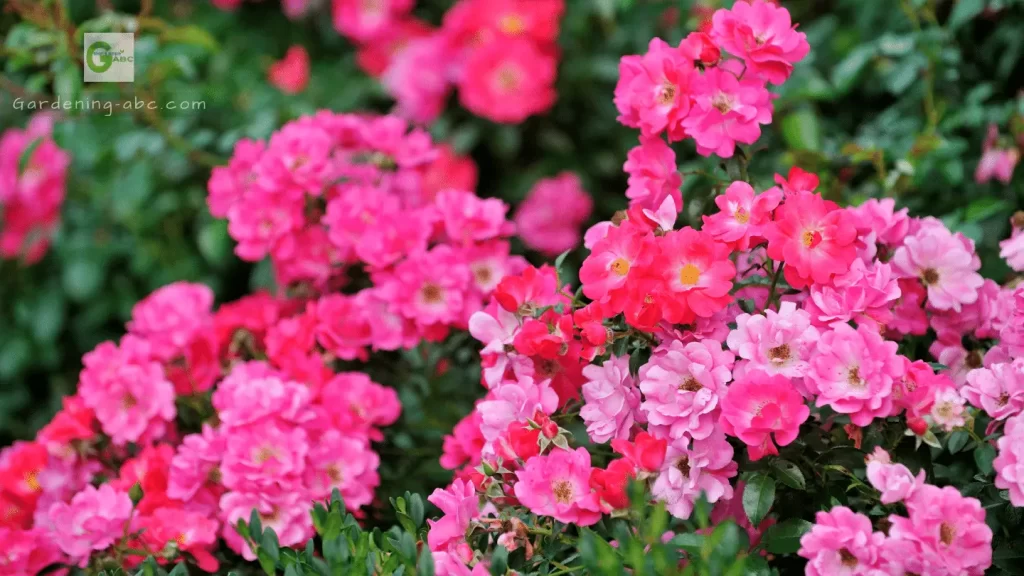
The Different Types of Shrub Roses
Shrub roses are classified into different groups based on their characteristics and origin. Some of the most popular types include:
- Flower Carpet roses
- David Austin roses
- Knock Out roses
- Rugosa roses
Each of these types has its own unique features and requirements. Understanding the differences among them can help you choose the best shrub rose for your garden.
Caring for Shrub Roses
Shrub roses are generally low-maintenance, but they do require some care to thrive. Here are some tips for nurturing your shrub roses:
- Choose a sunny location: Shrub roses need at least six hours of sunlight a day to grow and bloom properly.
- Provide adequate water: Shrub roses need regular, deep watering to develop deep roots and withstand drought conditions.
- Fertilize regularly: Use a slow-release fertilizer to provide your shrub roses with the nutrients they need to grow and bloom.
- Prune annually: Prune your shrub roses in late winter or early spring to remove dead or damaged branches and promote new growth.
Designing with Shrub Roses
Shrub roses are a great addition to any garden design. They can be used as a focal point or as part of a mixed border, and they work well in both formal and informal gardens. Here are some tips for designing with shrub roses:
| Design Style | Shrub Rose Suggestions |
|---|---|
| Cottage Garden | David Austin roses |
| Modern Garden | Knock Out roses |
| Wild Garden | Rugosa roses |
By incorporating shrub roses into your garden design, you can create a beautiful and low-maintenance landscape that will bloom for years to come.
Wild Roses
When most people think of roses, they picture the classic hybrid tea rose with its perfect petals and long stem. However, wild roses offer a charm and simplicity that cannot be found in their cultivated counterparts.
These roses grow naturally in the wild and have evolved over time to adapt to their specific environments.
Native roses have a particular appeal as they are well-suited to local climates and ecosystems. They provide an ideal opportunity to create naturalistic gardens that complement their surroundings. Whether you live in a rural or urban area, wild roses can be a beautiful addition to any outdoor space.
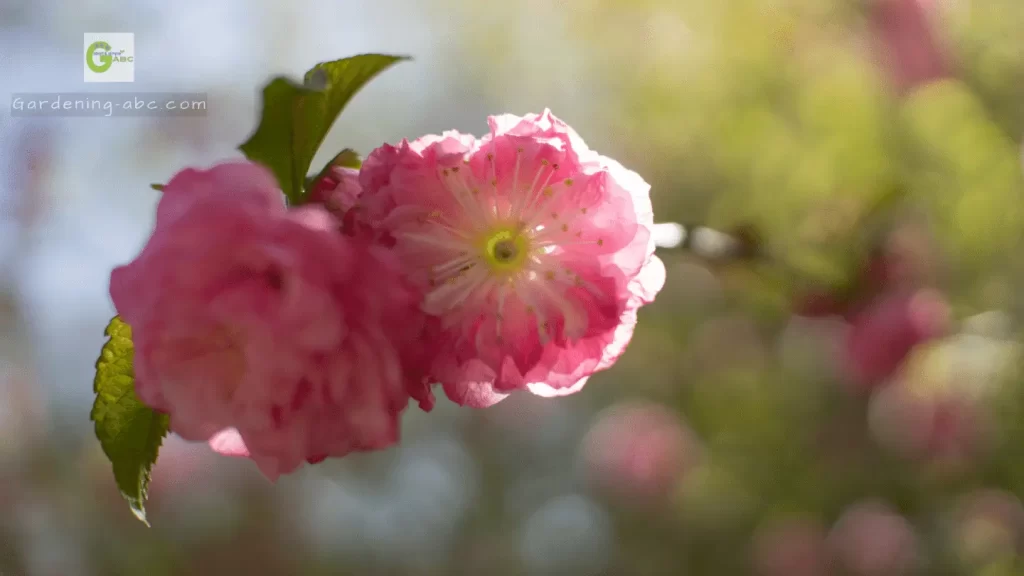
Native Roses in North America
North America is home to a variety of wild roses. One of the most well-known is the Rosa virginiana, also known as the Virginia rose. This rose grows in a bushy form and produces pink flowers with a delightful fragrance. The Rosa carolina, or Carolina rose, is another popular species with delicate pink blooms and a spreading habit.
If you’re looking for a rose that can tolerate a range of growing conditions, try the Rosa woodsii, commonly known as the mountain rose. This species is drought-tolerant and grows well in rocky and sandy soils. Its pale pink flowers have a sweet scent and give way to bright red hips in the fall.
Creating a Wild Rose Garden
If you’re planning to incorporate wild roses into your garden, it’s essential to choose species that are native to your region. These roses will be better adapted to the local climate and will require less maintenance over time. Consider planting wild roses in clusters to create a more naturalistic effect.
| Wild Rose Species | Characteristics | Growth Habits |
|---|---|---|
| Rosa virginiana | Pink flowers, sweet fragrance | Bushy form |
| Rosa carolina | Delicate pink blooms, spreading habit | Low-growing |
| Rosa woodsii | Pale pink flowers, drought-tolerant | Upright form |
When designing a wild rose garden, remember to keep the surrounding landscape in mind. Consider using native plants and materials to create a cohesive and harmonious look. Incorporate elements such as rocks, logs, or natural pathways to create a sense of unity with the environment.
Whether you’re looking to create a beautiful and sustainable garden or simply appreciate the beauty of wild roses, these charming blooms are sure to delight. With their natural appeal and adaptability, they offer an ideal way to connect with the natural world and create a thriving outdoor space.
Unique Rose Species
The world of roses is full of unique and exciting species that offer a range of colors, fragrances, and characteristics. In this section, we will explore some of the lesser-known rose species, including:
- Damask roses: These roses are known for their rich, heady fragrance and are often used in perfume production.
- Bourbon roses: Originating from the Île Bourbon (now known as Reunion Island), these roses have a warm, spicy fragrance and vibrant colors.
- Gallica roses: This ancient species of rose is native to Europe and is characterized by its full, double blooms and vivid colors.
- Rugosa roses: These roses are extremely hardy and can tolerate tough conditions, making them ideal for coastal gardens.
- Moss roses: Moss roses are characterized by their “mossy” growth on the stems and calyxes, as well as their spicy fragrance.
- China roses: These roses originated in China and are prized for their repeat blooming and delicate, tea-like fragrance.
- Alba roses: Native to Europe, these roses are known for their pure white blossoms and light fragrance.
- Centifolia roses: Also known as the “hundred-petaled rose,” these roses have a sweet fragrance and soft, pastel-colored blooms.
Each of these species offers unique characteristics and can bring a touch of exotic beauty to your garden. When selecting a rose species, it’s important to consider the climate, soil type, and care requirements to ensure the best chances of success.
Modern Roses for Contemporary Gardens
Modern roses are a popular choice for contemporary gardens due to their disease resistance, repeat flowering, and adaptability to different climates.
They come in various shapes, sizes, and colors, making it easy to find the perfect match for your garden. Let’s take a closer look at some of the modern rose varieties that you can consider.
Patio Roses
Patio roses are compact and perfect for small gardens, balconies, and patios. They have a bushy habit and produce clusters of flowers that bloom continuously throughout the season.
These roses come in different colors, including pink, red, and white, and are easy to maintain. They can be grown in containers or planted directly in the ground.
Groundcover Roses
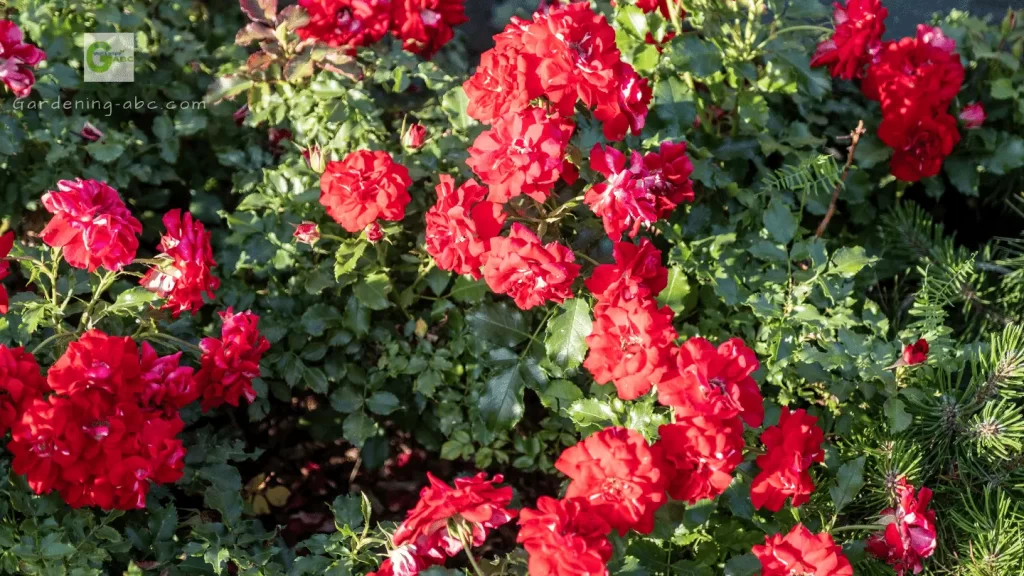
Groundcover roses are ideal for creating low-maintenance ground covers that require minimal attention. They have a spreading habit and can provide excellent weed control.
They produce a profusion of blooms that keep your garden looking beautiful throughout the season. These roses come in different colors, including pink, red, and yellow.
Knock Out Roses
Knock Out roses are a popular choice for gardeners due to their disease resistance and low maintenance. They produce a profusion of blooms that keep your garden looking beautiful throughout the season.
These roses come in different colors, including pink, red, and yellow. They are easy to care for and can be pruned in early spring to maintain their shape.
Modern roses are an excellent choice for contemporary gardens as they offer convenience, versatility, and beauty. Whether you choose patio roses, groundcover roses, or knock out roses, these modern varieties are sure to add value and charm to your outdoor space.
Amazon and the Amazon logo are trademarks of Amazon.com, Inc, or its affiliates.

Hi there! My name is Prasenjit and I’m an avid gardener and someone who has grown a passion for growing plants. From my hands-on experience, I have learned what works and what doesn’t. Here I share everything I have learned.
